Polysorbate 20
CAS No.: 9005-64-5
Polysorbate 20 HLB value 16.7
Pale-yellow to yellow viscous liquid at room temperature
Polyoxyethylene sorbitan esters, also known as polysorbates, are ethoxylated sorbitan esters. They are non-ionic hydrophilic surfactants that are commonly used as oil-in-water (O/W) emulsifier.
Our wide product range of ethoxylated sorbitan can be utilized for numerous applications, including, but not limited to, acting as emulsifiers, stabilizers, and foaming agents in bread improver and cake oil; stabilize special emulsification in cosmetics; for polysorbate with high polysorbate HLB values, they can be used as solutizers for essence; and for the ones with low HLB values, they act as emulsifiers for mineral oils. Polysorbates are considered to be non-toxic and safe food additives when used appropriately. Our polysorbates are sourced from vegetable/vegan ingredients.
Concocted surfactant mixtures can be made by combining different portions of polysorbate and sorbitan esters, which can be tailored for specific product formulations.
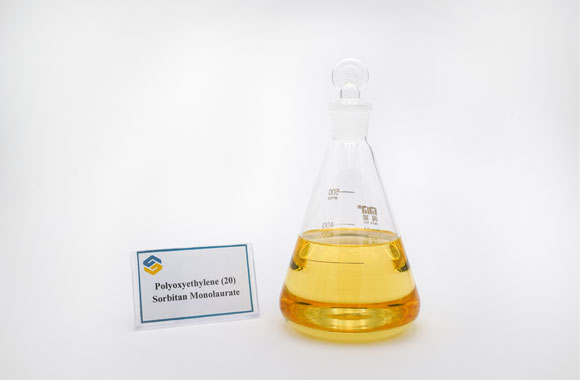
CAS No.: 9005-64-5
Polysorbate 20 HLB value 16.7
Pale-yellow to yellow viscous liquid at room temperature
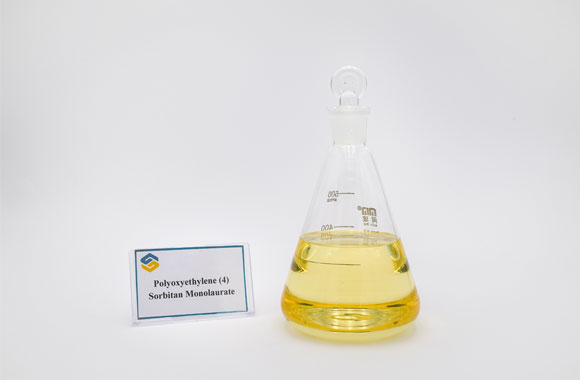
Polyoxyethylene (4) Sorbitan Monolaurate
Polysorbate 21 HLB value 13.1
Pale-yellow to yellow viscous liquid at room temperature
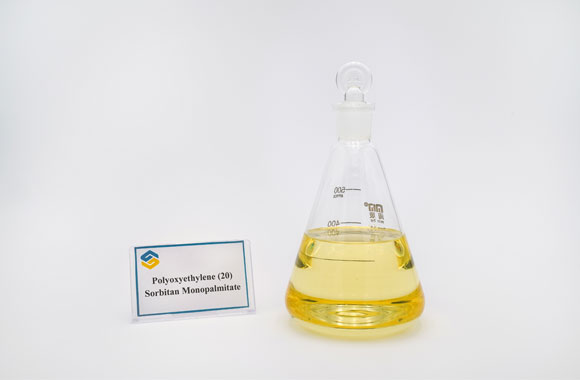
CAS No.: 9005-66-7
Polysorbate 40 HLB value 15.6
Yellow to orange viscous liquid at room temperature, turns into viscous paste below room temperature
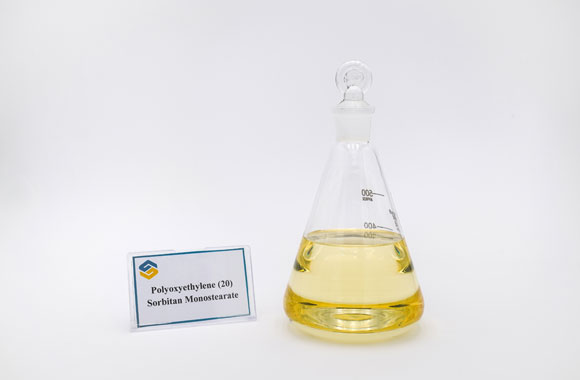
CAS No.: 9005-67-8
Polysorbate 60 HLB value 14.9
Pale-yellow paste at room temperature
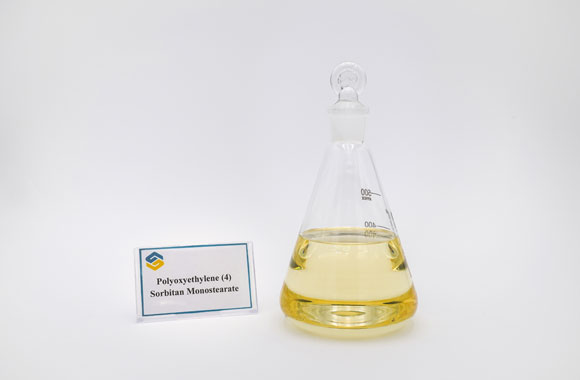
Polyoxyethylene (4) Sorbitan Monostearate
Polysorbate 61 HLB value 9.6
Pale-yellow to amber oily liquid or paste at room temperature
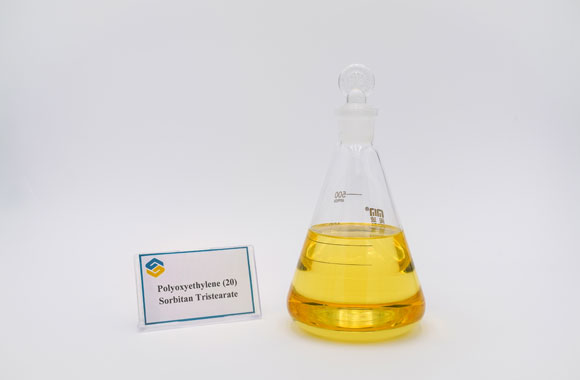
CAS No.: 9005-71-4
Polysorbate 65 HLB value 10.5
Yellow viscous liquid or paste at room temperature
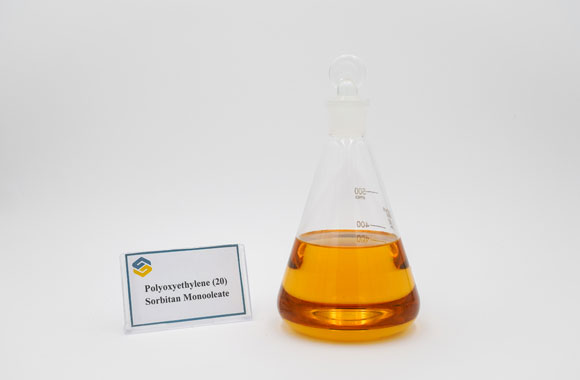
CAS: 9005-65-6
Polysorbate 80 HLB value 15.0
Pale-yellow to amber oily liquid at room temperature
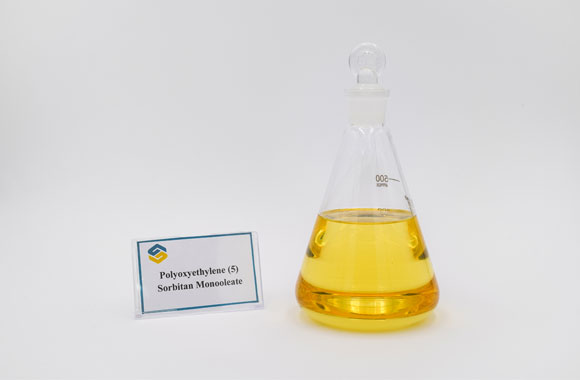
Polyoxyethylene (5) Sorbitan Monooleate
Polysorbate 81 HLB value 10.0
Pale-yellow to orange oily liquid at room temperature
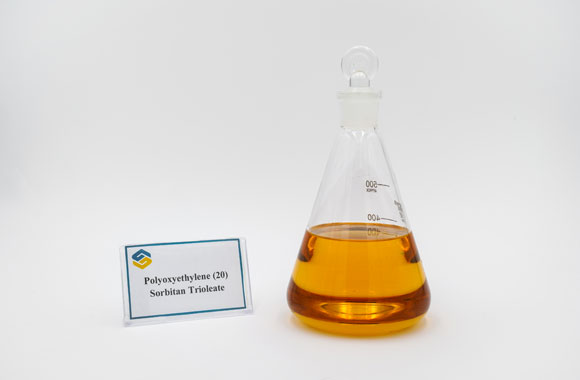
CAS: 9005-70-3
Polysorbate 85 HLB value 11.0
Pale-yellow to orange oily liquid at room temperature
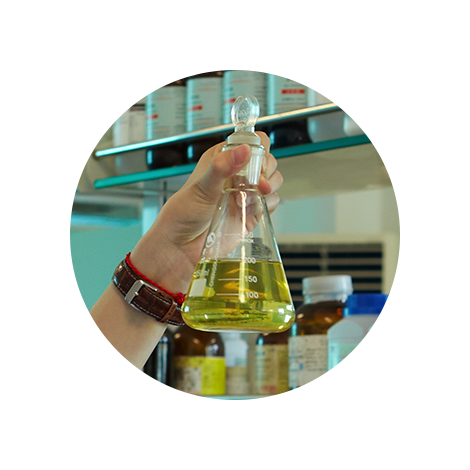
similar to our sorbitan esters, our polysorbates have multiple functions across a number of industries. For example, they can be used as emulsifiers in food, detergent, and industrial formulation; used as a wetting agent, dispersant, viscosity modifier in cosmetics; and can also be used in the textile auxiliary agent and veterinary drugs.
all of our polysorbates are produced by non-animal sourced ingredients.
depending on the specifications of our clients, we can produce different grades of polysorbates, including, food, cosmetic, industrial, pharmaceutical, and feed grade.
compare to other existing surfactants, polysorbates can achieve a better solubilizing effect.
products and packaging can be customized according to clients' needs
Similar to sorbitan esters, when ingested, polysorbate is hydrated into fatty acid moiety and polyoxyethylene sorbitan moiety.4 The fatty acids go through absorption and metabolism, whereas the polyoxyethylene sorbitan portions are poorly absorbed and excrete the body intact.4 Acute and long-term oral toxicity studies have shown that polysorbates have a relatively low risk of toxicity.4 The Joint FAO/WHO Expert Committee on Food Additives (JECFA) set a group ADI value 0-25 mg/kg body weight/day for polysorbate 20, 40, 60, 65 and 80. Polysorbates are also shown to have no adverse effects, thus they are considered to be safe food additives. The safety of polysorbates 20, 21, 40, 60, 61, 65, 80, 81, and 85 has been evaluated by The Cosmetic Ingredient Review (CIR) Panel.5 The panel has concluded that these polysorbates are safe as cosmetic ingredients.
When an oil-in-water emulsifier is added to a mixture where water is the main component and oil is minor; it creates an oil-in-water emulsion. The hydrophobic portions of the emulsifiers surround the oil droplets and hydrophilic parts interact with the surrounding water environment; this allows oil droplets to suspend in water.
HLB value is the abbreviation for hydrophilic-lipophilic balance, it is the ratio between the hydrophilic portions and lipophilic portion of a surfactant. It is represented by a number between 1 and 20. An HLB value less than 6 indicates that the surfactant favors W/O emulsion; an HLB value greater than 8 favors O/W emulsion. HLB values in between 7 and 9 indicate that the surfactants are good wetting agents.
Polysorbates are ethoxylated sorbitan esters that are made by ethoxylation of sorbitol with different fatty acids. Polysorbates are hydrophilic, whereas sorbitan esters are lipophilic
The various polysorbates differ by the type of fatty acids and the number of fatty acids attached to the polyoxyethylene sorbitan portions of the molecules. Thus, each of the polysorbates has its own hydrophilicity/lipophilicity property and characteristic.